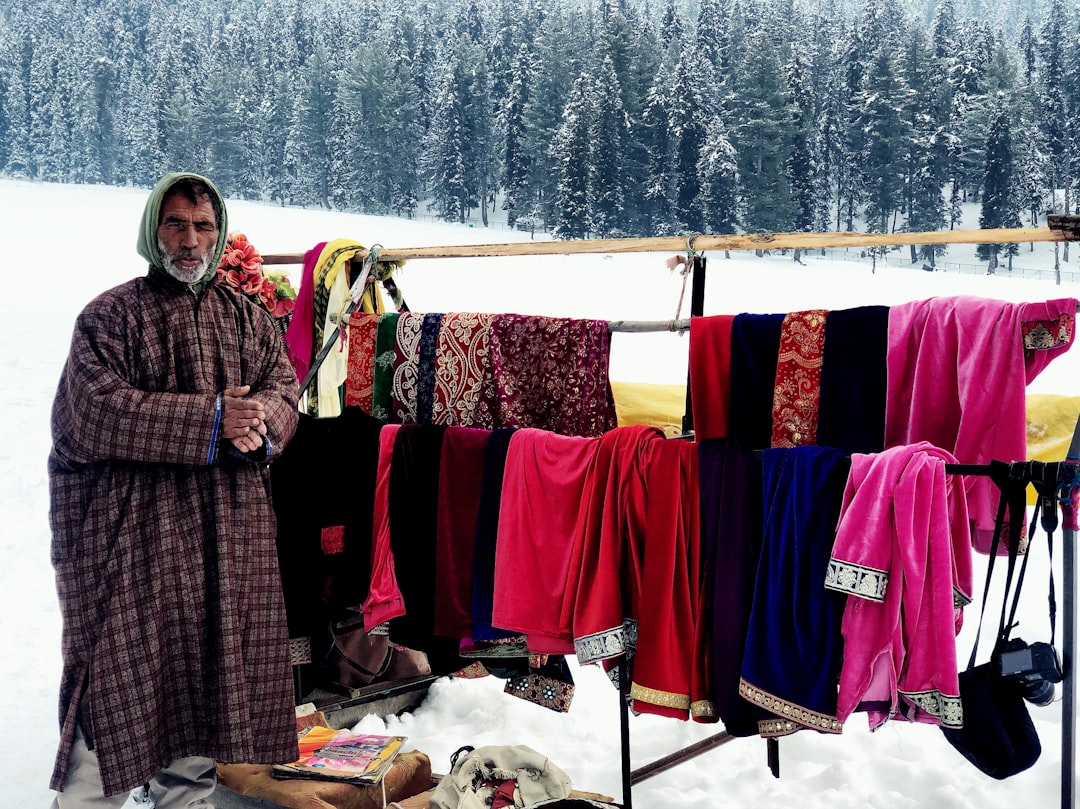What is it about?
Green movements played an early and central role in almost all the revolutions that ended communist rule in Eastern Europe. Grass roots mobilizations but also some elites used environmentalist ideas to challenge or reform not just the capitalist but also the state socialist system. Ideas about a people power, a global world, limits and criticism of modern industrial society are an overlooked legacy of the dramatic events of 1989.
Featured Image

Photo by Doğukan Şahin on Unsplash
Why is it important?
We usually think we know the big ideas behind the French (1789) and the Russian (1917) revolutions, but what was 1989 about? Often it is seen simply as a rejection of socialism with no new political ideas or visions emerging from it. This view ignores the role of green movements and ideas in the revolutions and contributes to the 'End of History' fallacy. Remembering the environmental dimension to opposition to state socialism and its role in shaping current political visions can help to clarify what is at stake in global politics today.
Perspectives
i was very surprised myself when I started looking into the role of green movements in the upheavals of the 1980s and early 1990s. Virtually all the countries I looked at had opposition organisations that began as environmentalist campaigns. Not only that, I also found some of the dissidents and leaders (including Gorbachev) were early converts to environmentalism. The post-Cold War world was not Fukuyama's End of History', but the beginning of the global environmental crisis.
Professor Olaf Corry
University of Leeds
Read the Original
This page is a summary of: The Green Legacy of 1989: Revolutions, Environmentalism and the Global Age, Political Studies, May 2013, SAGE Publications,
DOI: 10.1111/1467-9248.12034.
You can read the full text:
Contributors
The following have contributed to this page










